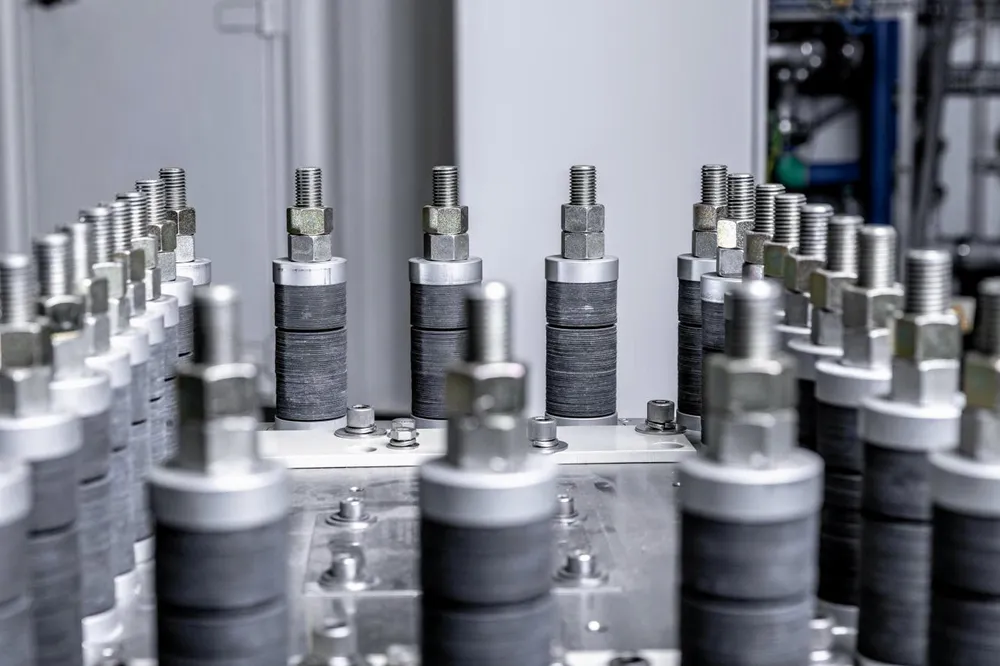'US plans for hourly matching would drive up both the cost of green hydrogen production and emissions': WoodMac
Analysis commissioned by renewables group argues that average carbon intensity could increase as more blue hydrogen projects would come on line instead
